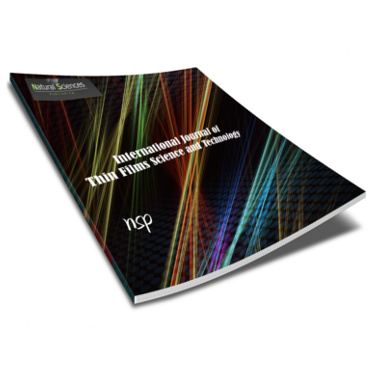International Journal of Thin Film Science and Technology

Abstract
Bipolar charge injection and field-dependent mobility transport through nanocomposite film comprised of various shapes of ferroelectric nanofillers in an amorphous polymer matrix is simulated using a self-consistent 3D particle-in-cell model. The classical electrical double layer is extended by substitution of a dipolar core for the nanofiller. Metal-polymer charge injection assumes Schottky emission and Fowler-Nordheim tunneling, migration with field-dependent Poole-Frenkel mobility, and recombination with Monte Carlo selection. A boundary integral equation method solves the Poisson equation coupled with a second-order predictor-corrector scheme for time integration of the equations of motion. The stability criterion of the explicit algorithm conforms to the Courant-Friedrichs-Levy limit. Simulation results for BaTiO3 nanofiller in amorphous polymer matrix indicate that anti-parallel polarization results in the highest leakage conduction and lowest level of charge trapping in the interaction zone. Charge attachment to nanofillers is increased with spheroids due to the increase in surface area, and especially so for anti-parallel polarized oblate spheroids, showing the influence of orientations that present larger cross-sections.
Recommended Citation
H. Lean, Meng and L. Chu, Wei-Ping
(2016)
"Simulating Effect of Ferroelectric Nanofiller Shape on Charge Transport in Nanocomposite Film,"
International Journal of Thin Film Science and Technology: Vol. 5
:
Iss.
1
, PP -.
Available at:
https://digitalcommons.aaru.edu.jo/ijtfst/vol5/iss1/1

